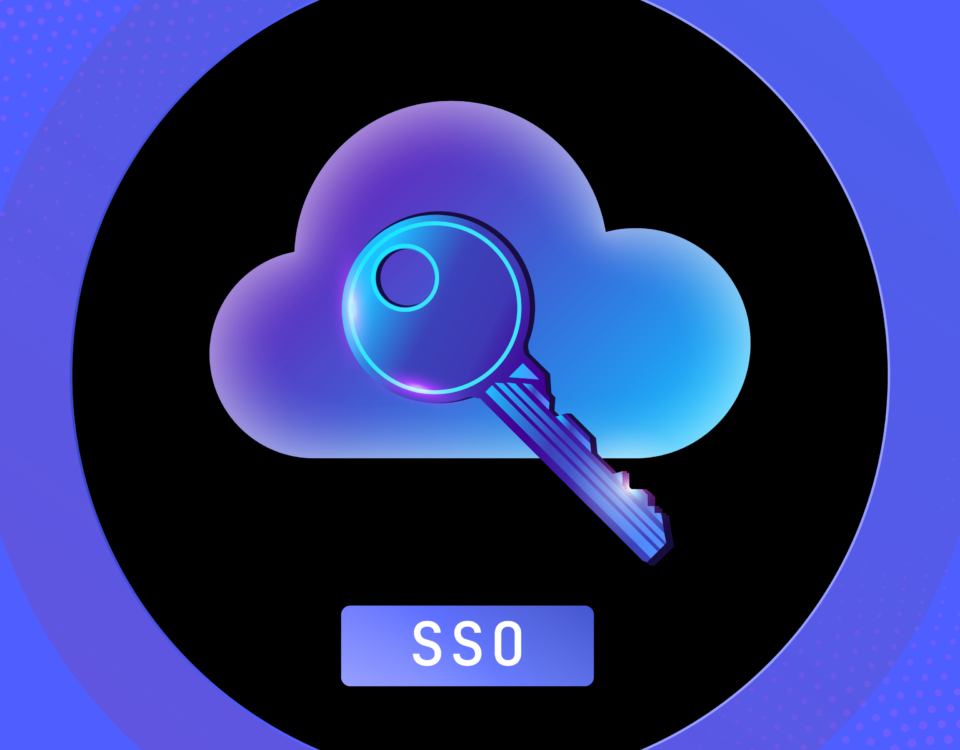
The Hidden Threat: How Technical Debt Undermines Cyber Security Posture
March 17, 2025
Unveiling the Hidden Costs of a Cyber Attack
March 17, 2025Understanding the SOC and Its Challenges
A Security Operations Center (SOC) serves as a crucial hub within an organization, dedicated to monitoring, detecting, responding to, and mitigating cybersecurity threats. SOCs are staffed by a team of skilled cybersecurity professionals who operate around the clock to ensure the security of the organization’s information systems and data. The primary responsibilities of SOC teams include threat detection, which involves analyzing alerts generated by various security tools, incident response to handle security breaches, and continuous monitoring to proactively anticipate potential security threats. This systematic approach is essential for maintaining an organization’s cybersecurity posture.
Despite their critical role, SOCs encounter numerous challenges that can hinder their effectiveness. One prevalent issue is alert fatigue, which occurs when analysts are overwhelmed by the sheer volume of alerts generated by security systems. Many of these alerts may not be indicative of real threats, leading to desensitization among analysts who may inadvertently overlook genuine security incidents. Another challenge is the reliance on manual processes; while automation can significantly improve efficiency, many SOCs still depend on time-consuming manual interventions. This not only saps resources but also increases the potential for human error, compromising the overall effectiveness of the SOC.
Resource allocation is yet another hurdle faced by SOCs. Due to budget constraints or a shortage of skilled personnel, many SOCs struggle to optimize their resources effectively. This can result in key responsibilities being deprioritized, ultimately affecting the SOC’s capability to respond to emerging threats in a timely manner. As organizations continue to grapple with evolving cyber threats, it becomes imperative to address these inefficiencies. By redirecting workloads and addressing the underlying challenges faced by SOCs, organizations can bolster their security efforts and enhance the overall efficiency of their cybersecurity operations.
Identifying Inefficient Workloads
Identifying inefficient workloads within a Security Operations Center (SOC) is paramount for enhancing operational effectiveness. The initial step in this assessment involves scrutinizing performance metrics, which can reveal critical insights into areas where workflows may be faltering. Metrics such as mean time to detect (MTTD) and mean time to respond (MTTR) can serve as key indicators of operational efficiency, helping teams recognize patterns that signal inefficiencies.
Moreover, analyzing workload distribution among team members is essential. When certain personnel are inundated with excessive workloads, it can lead to fatigue and errors, while others may have underwhelming tasks, resulting in wasted potential. Effective workload management ensures that responsibilities are balanced, allowing teams to respond to incidents promptly and accurately.
Another significant aspect to consider is response times to incidents. Long response times often reflect underlying inefficiencies within the SOC. By closely monitoring these times, organizations can pinpoint specific stages in the incident response process that are causing delays. Frequently, excessive alerts dominate the workload, leading to alert fatigue; this can diminish the team’s ability to prioritize critical incidents effectively.
Repetitive tasks can also be a source of inefficiency. Automation tools can alleviate this issue by streamlining tasks that do not require human oversight, allowing professionals to focus on more complex threats that necessitate analytical thinking and strategic intervention. Lastly, inadequate communication between teams often creates silos, hampering collaborative efforts during incident resolution. Ensuring that all teams have access to vital information can facilitate quicker decisions and actions.
By examining these various factors, organizations can identify the core inefficiencies within their SOC workloads and move towards solutions that enhance overall operational performance.
Strategies for Redirecting SOC Workloads
In today’s rapidly evolving cybersecurity landscape, security operations centers (SOCs) must continuously adapt their strategies to combat emerging threats effectively. One approach to enhancing SOC efficiency involves redirecting workloads through a combination of automation, artificial intelligence (AI), and machine learning. By implementing automated solutions, SOC teams can significantly reduce the time spent on repetitive tasks, such as log analysis and incident categorization. Automation frees up valuable human resources, allowing analysts to focus on more complex scenarios that require human intuition and expertise.
Another key strategy is the integration of AI and machine learning into the SOC’s workflow. These technologies can analyze vast amounts of data rapidly and prioritize alerts based on severity and context. By deploying machine learning models to identify patterns indicative of security incidents, SOCs can ensure that high-priority alerts are addressed promptly. This not only enhances the response times but also minimizes false positives that often overwhelm SOC personnel, causing alert fatigue and inefficiency.
Implementing a tiered response team structure can further optimize workload management. In this approach, incidents are categorized based on their complexity and impact, allowing specialized teams to handle various levels of incidents. This method ensures that separate analysts focus on complex, high-impact events while lower-tier teams manage routine issues, enhancing overall incident response times and effectiveness.
Cross-training personnel is another critical element in redirecting SOC workloads. It cultivates a flexible team capable of addressing diverse incidents, enhancing collaboration and reducing gaps during critical situations. For instance, cross-trained analysts can step in for one another, ensuring continuous coverage even during peak incident periods or unexpected absences.
Real-world examples of successful workload redirection illustrate these strategies in action, showcasing the tangible benefits when SOCs embrace automation, AI, and structured team dynamics. These approaches foster an adaptable and efficient SOC environment, ultimately strengthening an organization’s security posture.
Measuring Success and Continuous Improvement
To effectively measure the success of workload redirection efforts within a Security Operations Center (SOC), it is essential to establish clear key performance indicators (KPIs) and metrics that reflect the impact of any changes made. These metrics should encompass various aspects of SOC operations, including the efficiency of incident response, resource allocation, and overall team productivity. One critical KPI is the average time to detect and respond to security incidents, which provides insights into how effectively redirected workloads are managed. Additionally, evaluating the number of false positives and the time taken to resolve escalated threats can indicate the efficacy of workload management strategies.
Another important metric is the operational cost associated with managing workloads, which allows SOC leaders to gauge the financial viability of their redirection efforts. By comparing the costs before and after implementing changes, teams can determine the return on investment (ROI) for their workload redirection initiatives. Furthermore, assessing employee satisfaction and turnover rates can yield valuable information about the internal impact of workload management. A motivated and engaged workforce is often a reflection of well-optimized workloads.
Establishing a feedback loop is crucial for promoting continuous improvement within the SOC. Regularly soliciting input from team members about their experiences and challenges fosters an inclusive culture of refinement. Incorporating this feedback into strategic planning allows SOCs to adapt their workload management practices dynamically. By routinely reevaluating workloads and adjusting strategies based on data-driven insights and employee input, organizations can enhance operational efficiency and overall effectiveness in addressing security threats.
Ultimately, fostering a culture of continuous improvement is paramount for the long-term success of workload redirection within SOCs. By remaining vigilant in their measurement practices and open to evolution, SOC leaders can optimize their operations in an ever-changing threat landscape.




